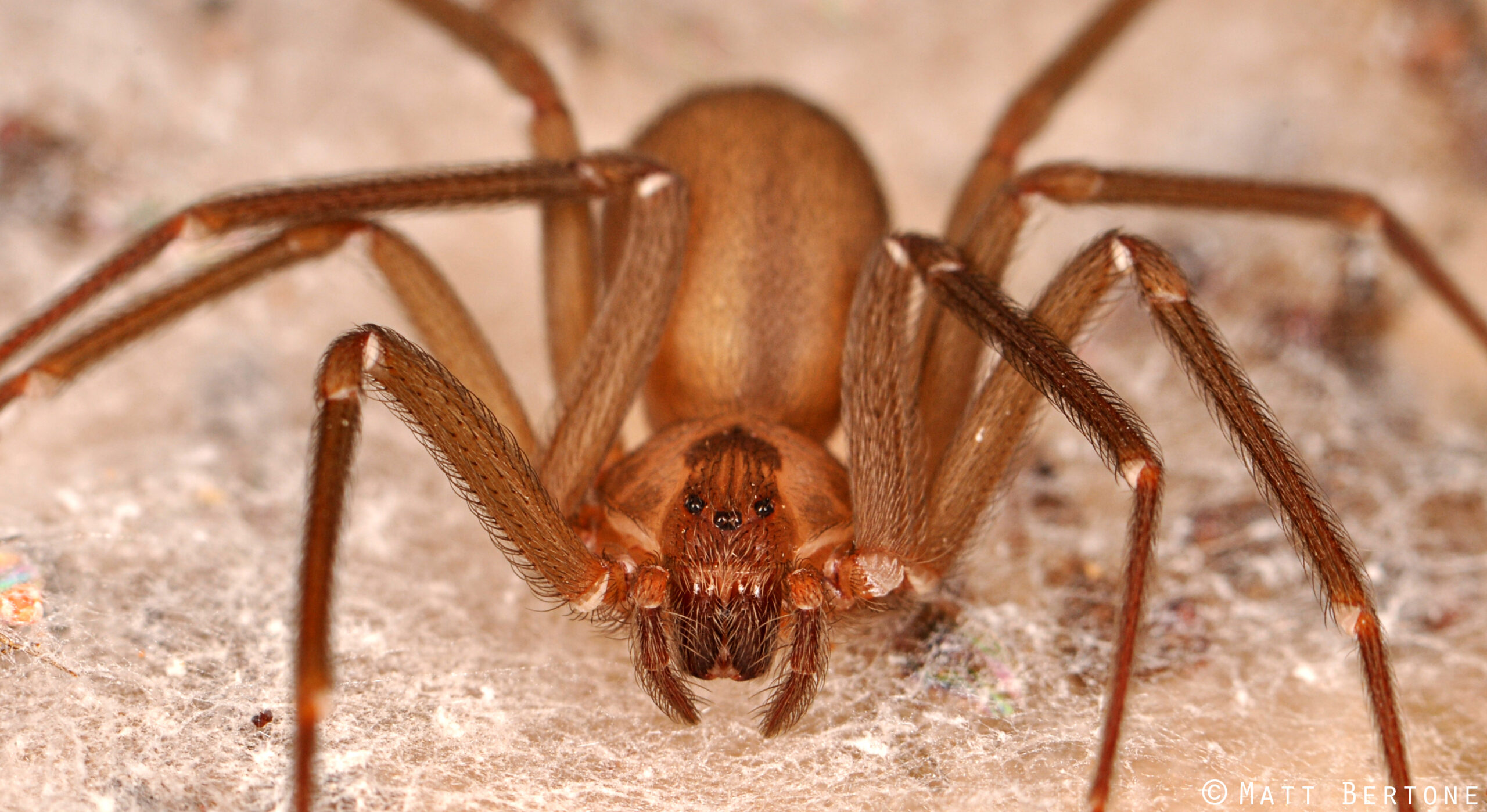There are more than 40,000 species of spiders in the world. You will see some of these species in your house more than others. It’s important to know the different types of spiders because they have different characteristics and habits that may require different control and prevention methods. Here are the most common types of house spiders you be aware of*.
1. American house spider
“Common house spider” is actually a spider species. It’s not just a term used to describe all house spiders. The common house spider is also called the American house spider, mainly because of its abundance in North America.
In fact, the American house spider is so common that, if you see spider webs in your house like in your basements or closets, they are probably woven by an American house spider. The good news is that the American house spider is generally harmless. It will only bite you in self-defense, like when you accidentally squeeze it because you don’t even know that it’s there. Its bite can be painful, but it’s not as dangerous as the bites of other spiders.
The biggest hassle with the American house spider is its webs. They are very unsightly. And the American house spider just leaves them behind to collect dust.
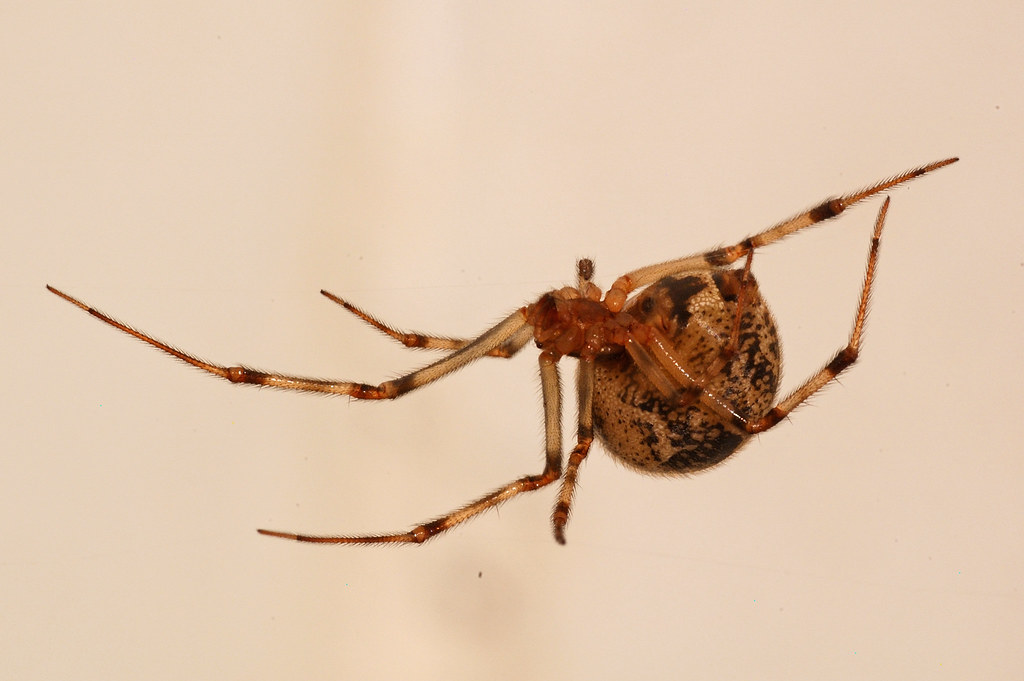
2. Black widow spider
The black widow spider is a black spider characterized by its red hourglass-shaped marking on the underside of its abdomen. It’s one of the most dangerous spiders you can have at home because of its intense bites. Black widow spider bites can lead to a variety of symptoms, such as pain, muscle stiffness, and nausea.
If you or someone you know gets bitten by a black widow spider, seek medical attention immediately. In fact, you should head straight to the emergency room as soon as you can. It’s even worse if the culprit is a female black widow spider because its venom is three times more potent than its male counterparts.
Black widow spiders like dark and dry places, like basements, crawlspaces, and garages.
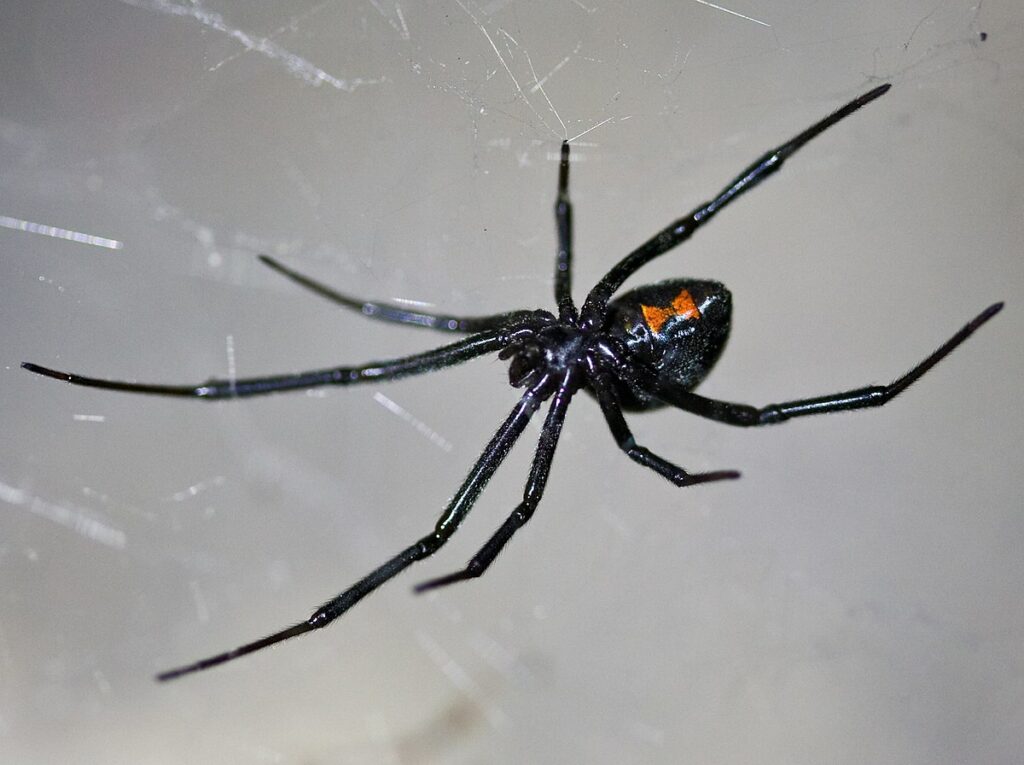
3. Brown recluse spider
The brown recluse spider is a brown spider characterized by its reclusive nature, hence the name. This is part of the reason why it’s hard to get rid of this type of spider. It likes to stay in dark and undisturbed places in your house, such as deep closets.
The problem is that this puts you at risk of spider bites from your clothing. The brown recluse spider is not generally aggressive. But it can bite if you accidentally catch it when you pull out your towel from your closet.
The venom of the brown recluse spider can be especially destructive because it has cytotoxin that can destroy cells and tissues. Seek medical attention immediately in the case of a brown recluse spider bite.
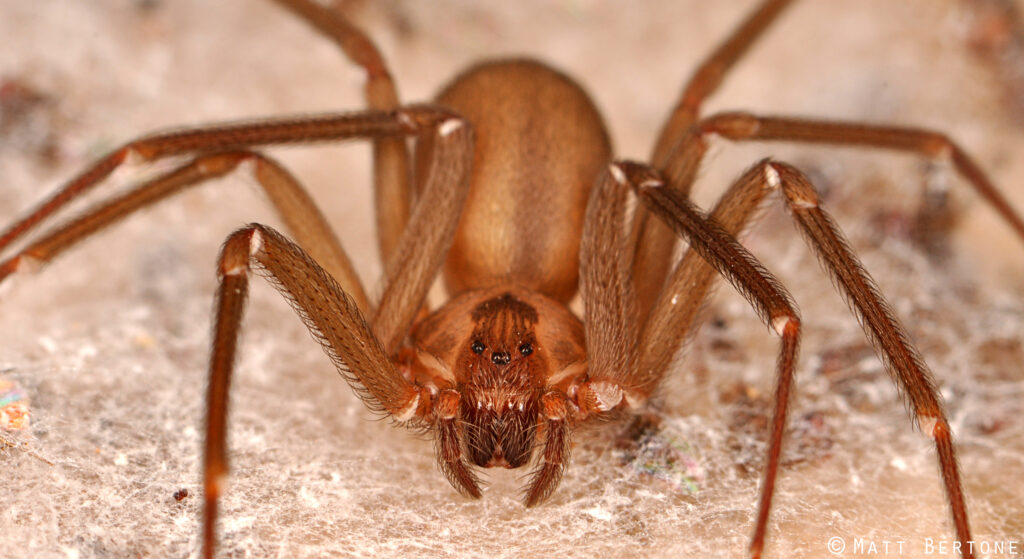
4. Cellar spider
The cellar spider is a spider with long and thin legs. It’s often confused with other creatures like Daddy Longlegs, but it’s actually different. The Daddy Longlegs is not even a real spider. It’s an arachnid, but it’s not a spider.
Cellar spiders are fairly common. You will often see them in, well, cellars, and other potentially damp areas in your house like basements and crawlspaces. The good thing about these common types of house spiders is that they are not harmful to humans. They are not venomous and therefore pose no real threat.
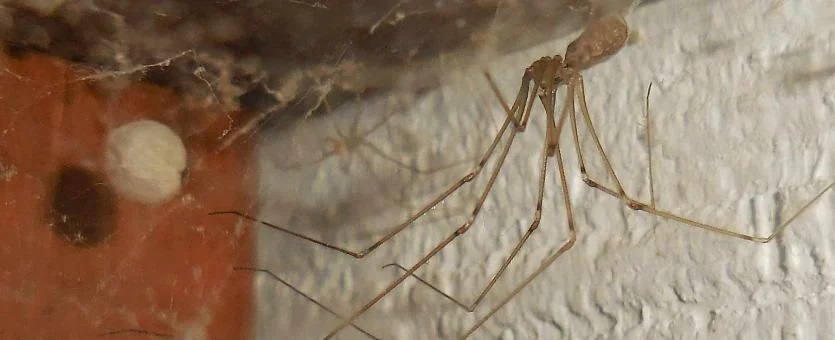
5. Hobo spider
A hobo spider is brown in color, and this is why it’s often confused with other common types of house spiders like the brown recluse spider. The hobo spider is also called the ‘funnelweaver’, simply because it weaves funnel-shaped webs to catch its prey.
Unlike cellar spiders, hobo spiders prefer dry and warm environments, like attics, storage rooms, and other undisturbed areas. Be careful with their bites as well. Even though they are not as dangerous as black widow spiders and brown recluse spiders, their bites can still result in localized pain and swelling.
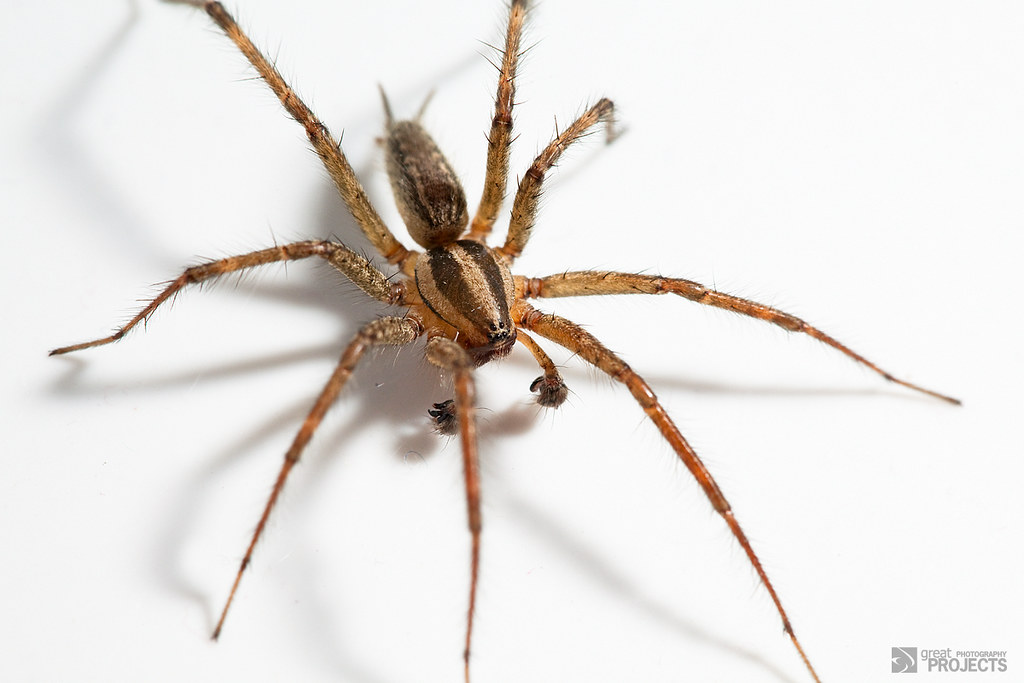
6. Jumping spider
There are a lot of jumping spider species and they all belong to the same family. They are characterized by their ability to jump around. You will often see these spiders on the parts of your house exposed to daylight – may it be your doors, windows, or walls.
Jumping spiders are not that bad to have in your house. Firstly, they are generally harmless, as they bite only in self-defense. Secondly, they can actually be beneficial for your house. They are known to be hunter spiders, and they hunt a lot of nuisance pests.
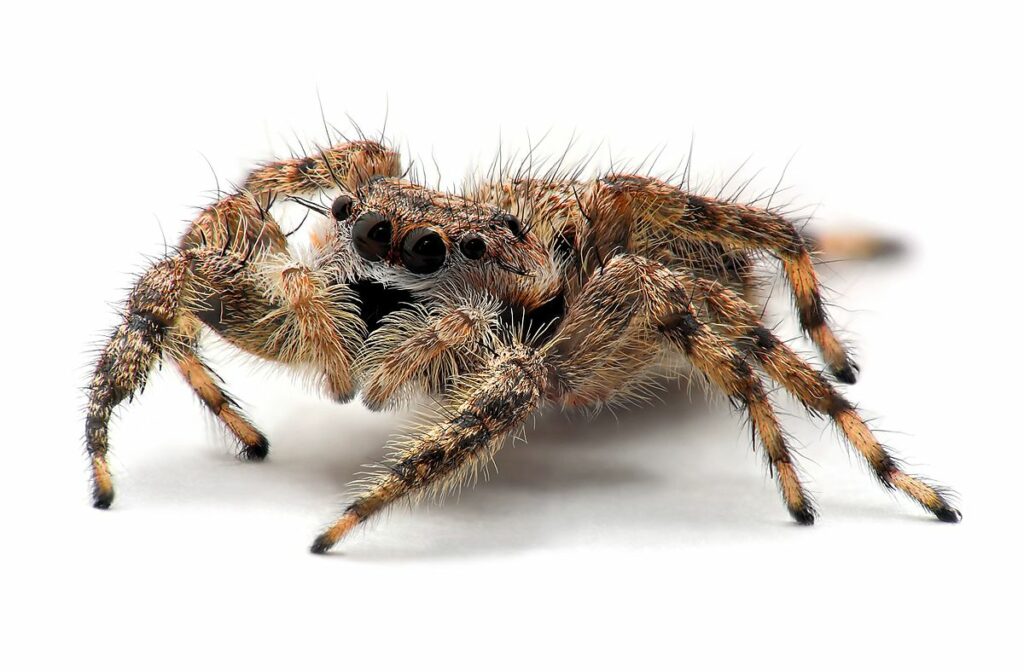
7. Yellow sac spider
The yellow sac spider is often beige or yellow. It builds a silk structure that looks like a tent. It gets its name because of its distinctive color and its ability to make these sac structures. You will often see these spiders outside your house, like in your yard. They also like to prey on common agricultural and garden pests, so it’s really not that bad to have them outside your house.
The problem is that they tend to go inside your house during the colder months of the year, so it’s probably better to just not have them outside even if they are somewhat beneficial. They are not known for their bites, but you can still feel pain and swelling in the affected areas.
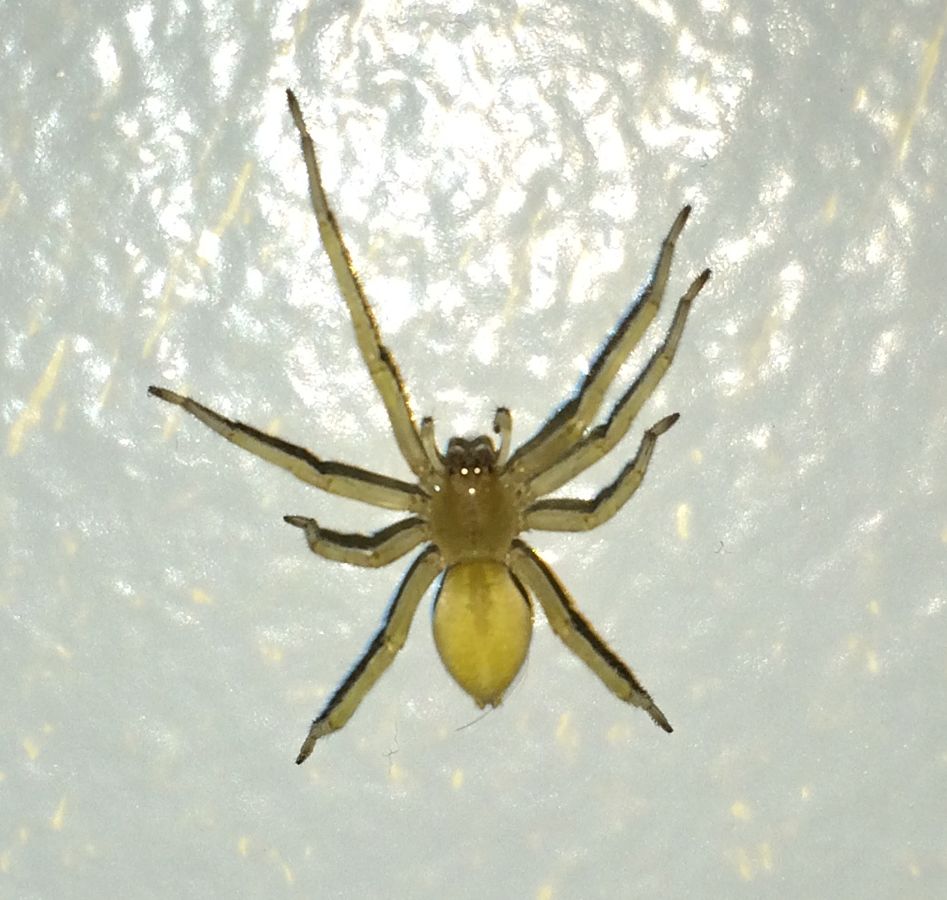
8. Wolf spider
The wolf spider is one of the most common types of house spiders. They are hairy and are often found in the colors brown and gray. This is why they are often confused with tarantulas. Wolf spiders are kind of unique. They don’t weave webs to catch prey. They hunt prey firsthand. Their above-average sizes compared to other types of spiders help as well.
But don’t let their sizes intimidate you. They are actually quite harmless. Some people even treat them as pets. However, don’t be complacent and still remember that they can still bite. They are not known for their bites, but their bites can still cause significant damage, especially to those who happen to be allergic to insect bites.
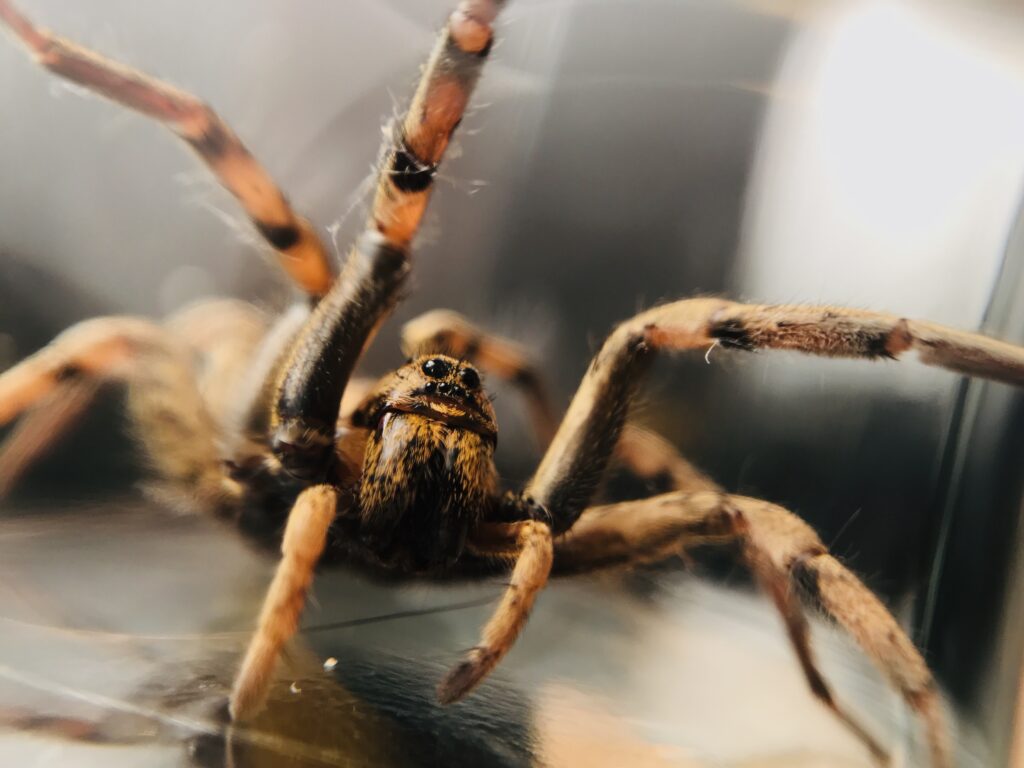
* The spiders mentioned in this article are commonly found in North America

